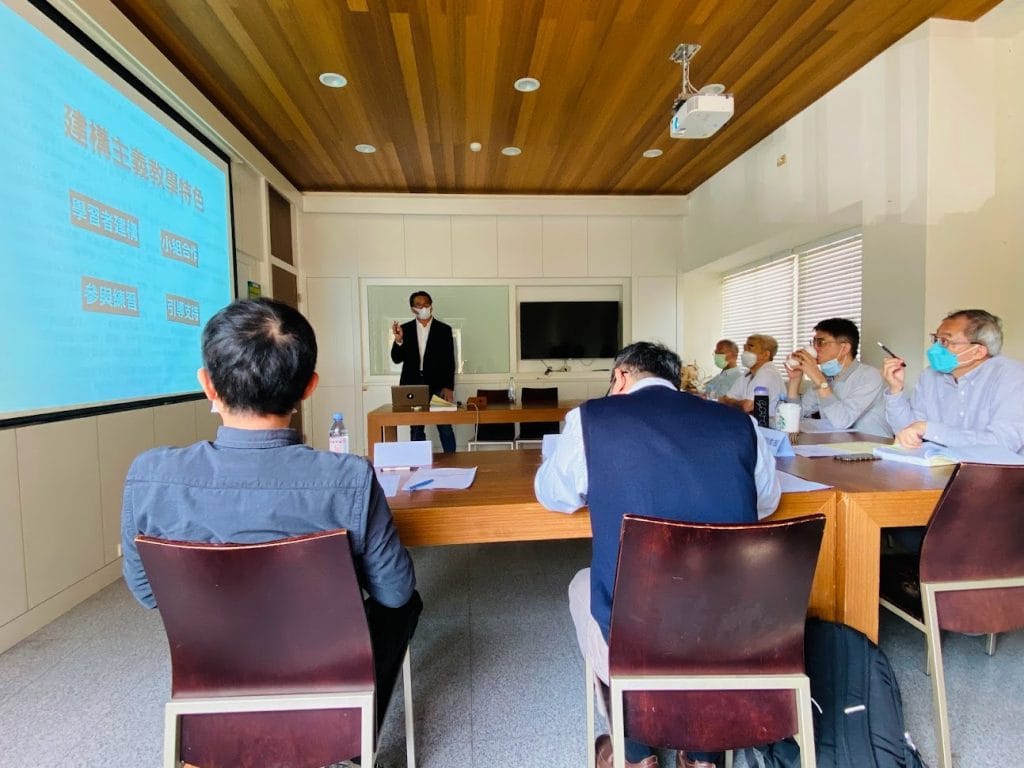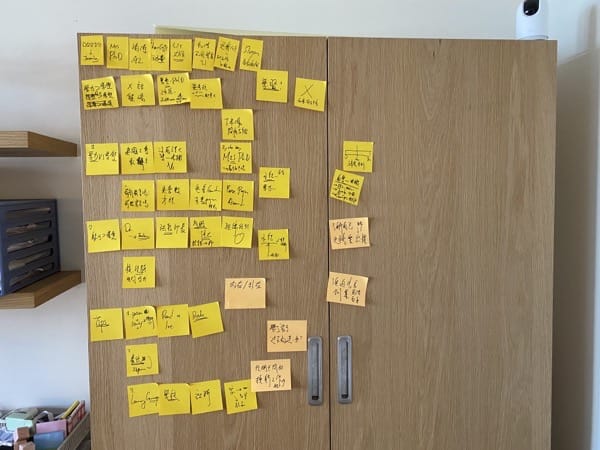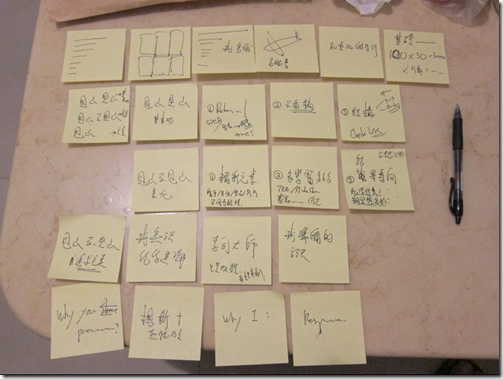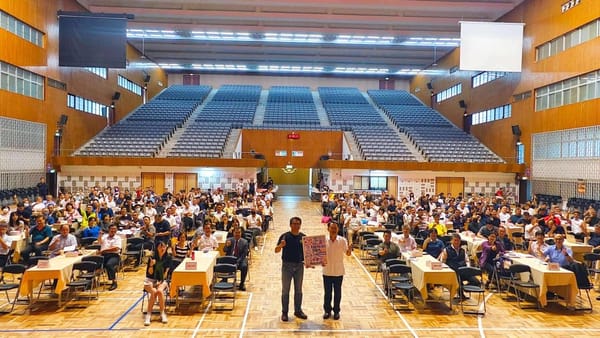Academic Paper Presentation Skills (2): How to Present Your Thesis Defense: Key Techniques for the Introduction and Literature Review

In our previous post, we discussed three key objectives of academic presentations: condensing key points, maintaining academic rigor, and highlighting results. Establishing these core objectives and understanding your audience are crucial first steps in preparation. Business presentation techniques can feel out of place in academic settings without proper adaptation – a lesson many learn through experience with their dissertation committees.
How did I successfully present my dissertation? What techniques helped ensure the committee members could quickly grasp my research while earning their approval? While a strong dissertation is essential, a well-structured presentation can make a significant difference in how your research is received.
My research has not only been recognized in academic circles but also validated through effective communication and presentation. My paper "The Key Elements of Gamification in Corporate Training – The Delphi Method" received the journal's Best Paper of the Year award and garnered nearly 100 citations within two years. Another paper, "Gamification in Medical Education: Identifying and Prioritizing Key Elements Through Delphi Method," was published in a Q1 medical education journal. These achievements demonstrate the importance of effectively communicating complex research findings.
Let's examine the specific techniques I used to structure my thesis presentation.
Executive Summary and Expected Conclusions
It's worth noting that while most academic papers begin with an abstract, many academic presentations overlook this crucial element. I started with a comprehensive presentation summary, using progressive reveal techniques (gradually showing information step-by-step) to help the committee members better absorb:
- Research scope: 4 companies, 12 participants
- Data collection: 4 time periods (pre and post-training)
- Analysis: 160,000 words of transcripts
- Findings: 15 cognitive schemas, 24 teaching schemas
- Theoretical framework: Links to 3 major learning theories
- Key outcome: Development of Triangular Learning Theory (TLT)
By strategically using photos and highlighting effects alongside this progressive reveal approach, I helped committee members visualize both the scope and significance of the research. This technique transforms complex data into digestible information, making your research immediately accessible to your audience.
In academic presentations, clarity and engagement are key. Here's how I applied these techniques to maintain focus and drive the message home:
Throughout the presentation, I employed three main methods:
1. Large-text slides for emphasis: Making key findings and theoretical frameworks immediately visible
2. Split-screen layouts: Balancing textual information with supporting visuals
3. Visual representations: Converting complex concepts into clear, memorable images
The Art of Literature Review Presentation
By incorporating images of landmark experiments (e.g., Pavlov's dogs, Skinner Box) and using color-coding, I not only kept the audience engaged but also made complex learning theories more accessible. This approach included:
1. Clear section breaks using large headers to guide the audience through different theoretical frameworks
2. Strategic use of split-screen layouts to present key literature findings alongside supporting evidence
3. Visual elements to illustrate theoretical concepts
4. Color-coding systems to highlight connections between different theories
5. Progressive reveals to demonstrate the synthesis of multiple sources
Demonstrating Rigor Through Visualization
One significant challenge was presenting extensive literature and interview data effectively. I developed a systematic approach using:
- Color-coded highlights to emphasize key theoretical connections
- Progressive reveals to demonstrate analytical processes
- Summary boxes to consolidate findings
- Visual frameworks to illustrate theoretical relationships
Conclusion
Mastering academic presentations is about more than just conveying data—it's about making complex ideas accessible without sacrificing academic rigor. Striking this balance is what defines effective academic communication. Notice how carefully chosen visuals establish credibility, while clear frameworks demonstrate theoretical understanding.
Stay tuned for Part 3, where we'll explore techniques for presenting complex qualitative research methods, including grounded theory, coding processes, and theoretical integration—all while maintaining clarity and academic integrity.
This is what true mastery looks like: making complex academic content accessible while maintaining the highest standards of scholarly presentation.




